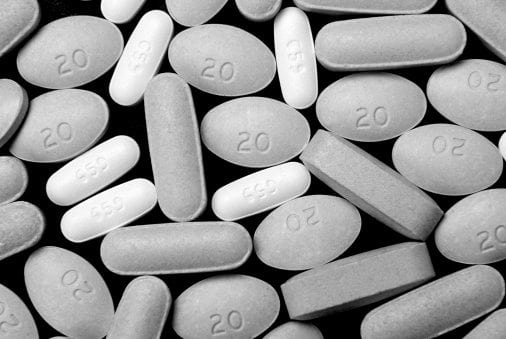<< Back
5 Things To Know About Recently Passed Federal Opioid Legislation

July 20, 2016
The U.S. Congress last week passed a sweeping piece of a federal legislation aimed at addressing the opioid crisis gripping states across America, including Connecticut. The bill is now headed to the President’s desk for approval before becoming law.
But what does the legislation say?
The bill, which has a great number of co-sponsors, covers a lot of ground in an attempt to address the growing rate of overdose deaths from heroin and other opioids, which have numbed near 30,000 in recent years (Connecticut is on track to see more than 800 overdoses this year, which would be a record.) Here are five things to know about the legislation, known as the Comprehensive Addition and Recovery Act:
1. Expands access to medication-assisted treatment
Seen as a critical avenue to address opioid addiction, the bill would allow nurse practitioners and physician assistants to prescribe buprenorphine. Previously, prescriptions for buprenorphine, which is commonly marketed as Suboxone, were limited to doctors, who could only prescribe it to 100 patients. The bill also creates a Department of Health and Human Services grant program to expand medication-assisted treatment.
“Extending the prescriptive authority for buprenorphine based medications to nurse practitioners and physician assistants is crucial and should be a game changer in the fight against the epidemic of opioid overdoses,” said J. Craig Allen, MD, an addiction medicine specialist and medical director at Rushford, which is part of the Hartford HealthCare Behavioral Health Network. Dr. Allen said the legislation should allow nurse practitioners and physician assistants, working closely with physicians, to prescribe life-saving medications. He said physicians who prescribe Suboxone are currently scarce, with filled caseloads, so this expansion would greatly increase access for those suffering from this disorder.
Dr. Allen added that successful treatment of opioid use disorders requires incorporating medication-assisted treatment into psychosocial treatments. The Behavioral Health Network has extensive experience with this model of care which emphasizes coordination between medical and non-medical addiction treatment providers, with specialized MAT treatment centers located across the state.
2. Further expands access to naloxone
Naloxone, an opioid overdose-reversing drug, can bring people back from the brink of death when used by first responders. The new legislation aims to expand access to the drug, already readily available in Connecticut, on a national level. A key stipulation would be expanded access for law enforcement and first responders. A growing contingent of people have also seen a benefit of getting the drugs in to the hands of family and friends of addicts.
3. Expands access to prescription drug monitoring programs
A tool of growing importance when dealing with the opioid crisis, the prescription monitor program allows doctors to see a patient’s prescription history to avoid doctor shopping or other avenues of abuse. With this legislation, nurse practitioners and physician assistants would be able to access the programs as well.
4. Expands prevention and education efforts
Another key strategy to addressing the opioid crisis is education and prevention. By properly educating teens, young adults and their families, they will be less likely to get addicted to dangerous drugs, research shows. The bill would increase efforts towards education and prevention.
5. The bill provides no new funding to address the issue
Across Connecticut, and likely across the country, those on the front lines of the issue have said there’s too small a pool of resources and money to properly address the crisis, which has grown in impact year-to-year. Legislators from Connecticut have been among those pressing for new funding to be attached to the bill. The legislation authorizes federal grants from the Justice Department and HHS, but does not fund them. Members in the House and Senate tried to amend it to include hundreds of millions of dollars in support, but the final bill did not include it.
For more information on resources available in Connecticut for addiction to heroin and opioids, click here.